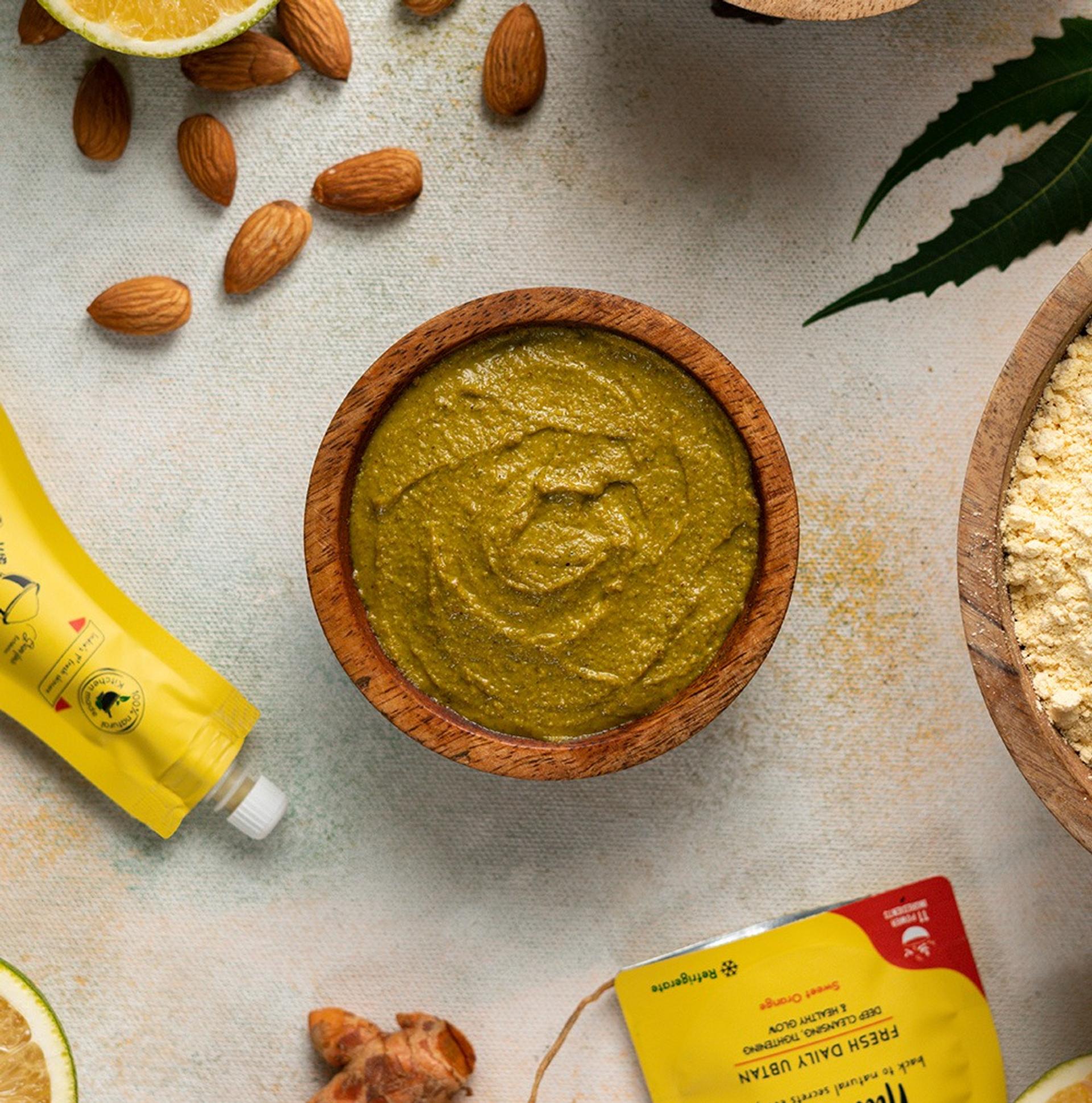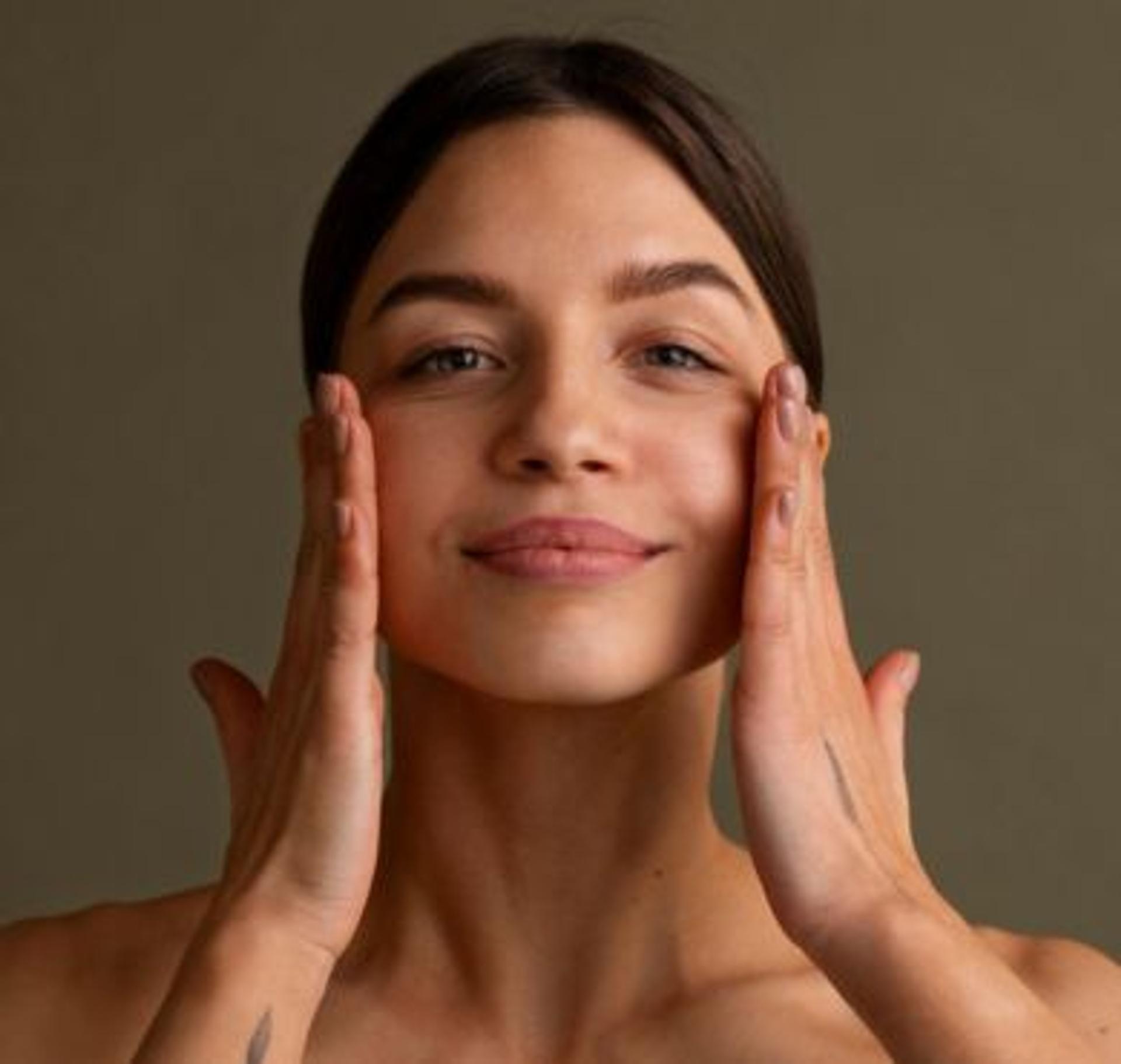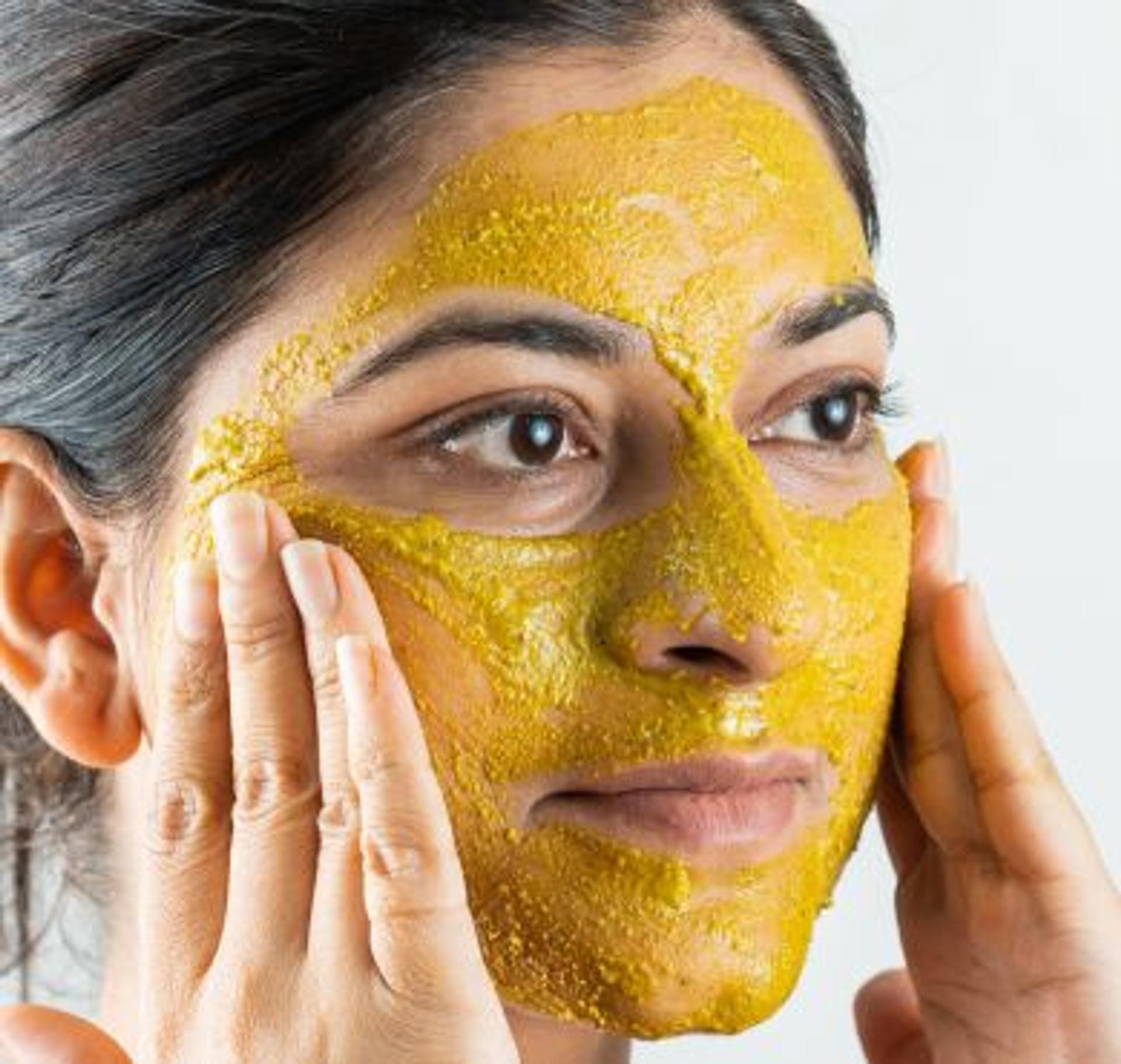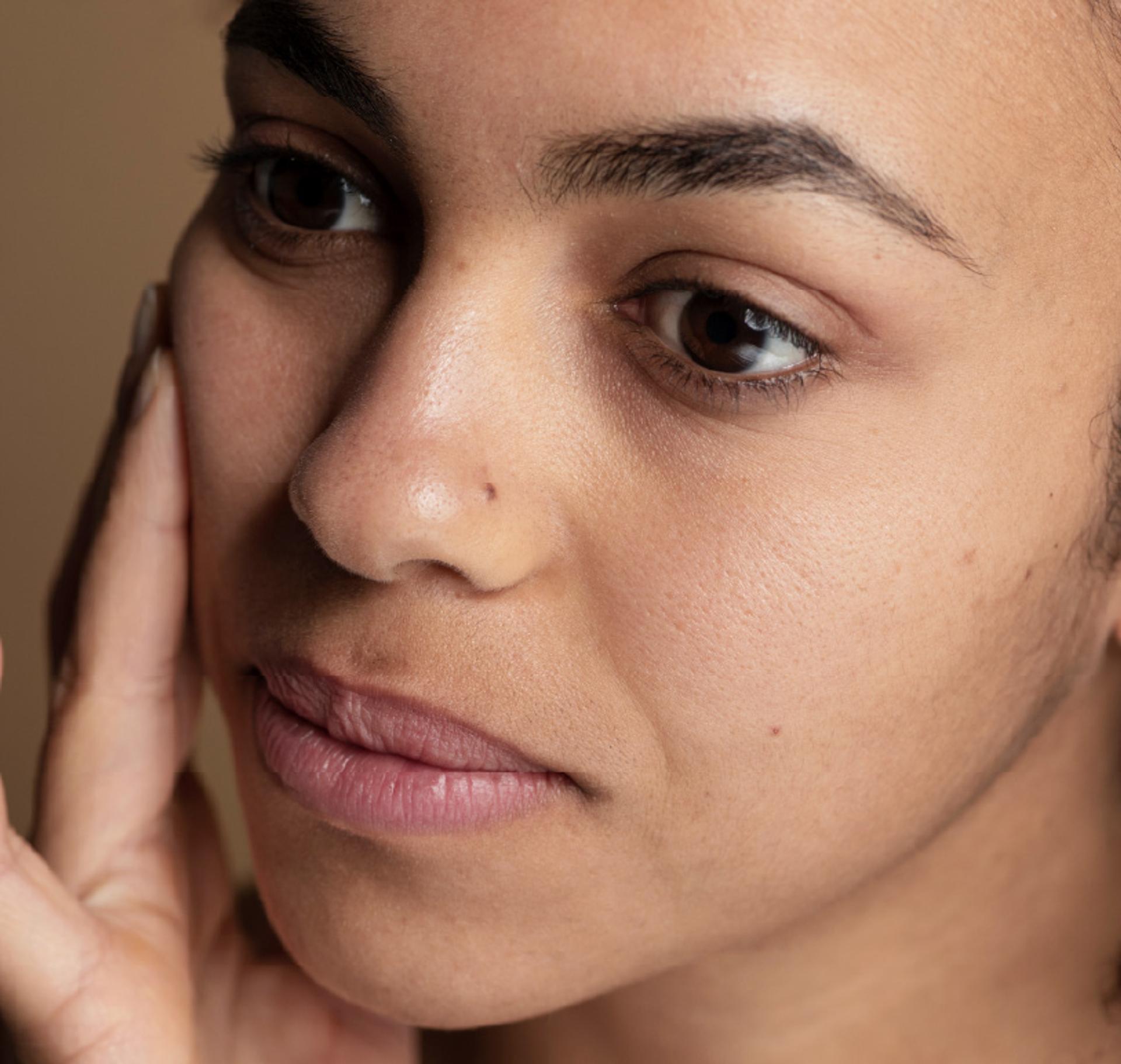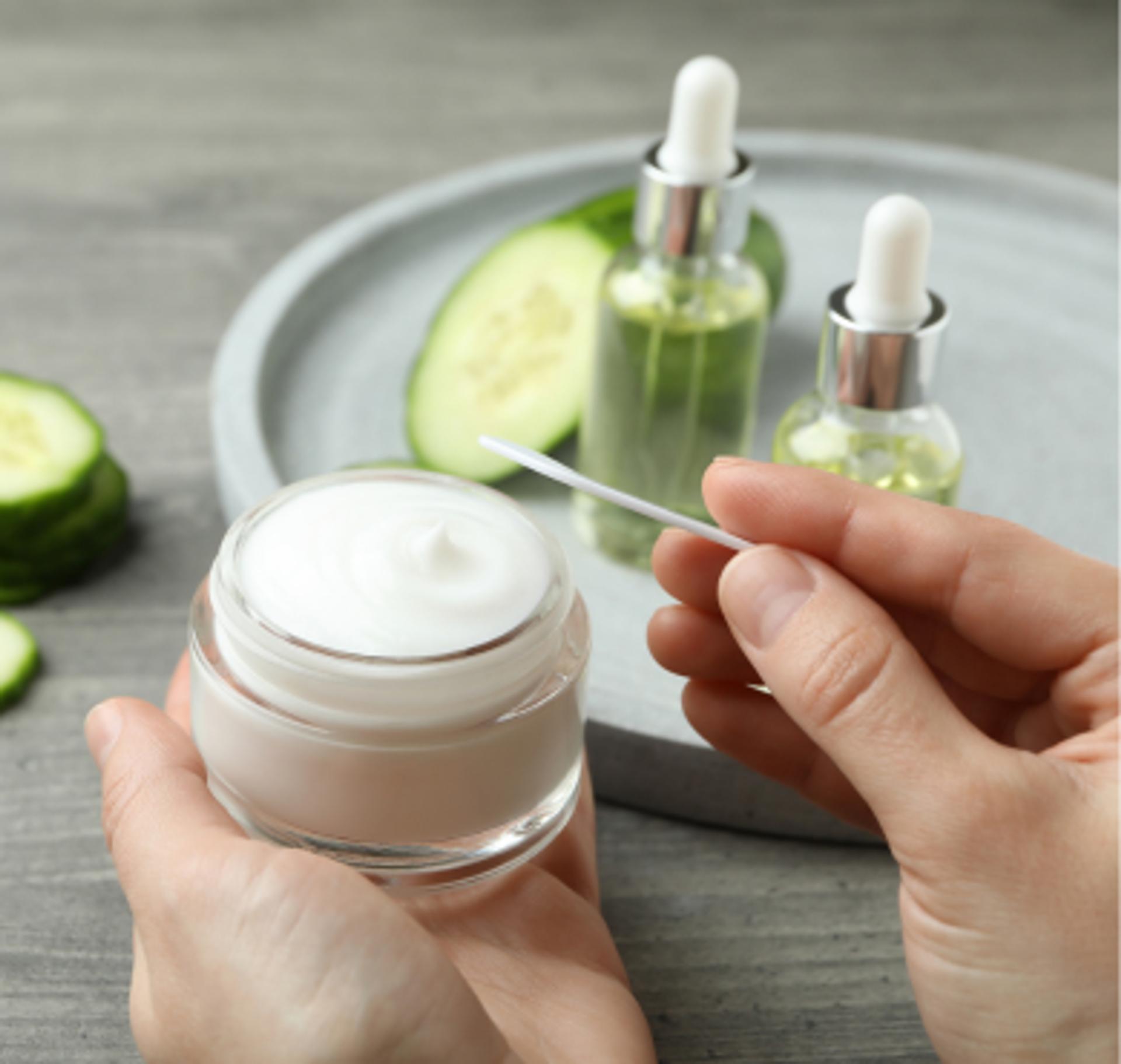
Moisture Glossary
Understand the Buzzwords Before You Slather Another Drop
By Nat Habit
On a sunny day or after a long, tiring one—whether we’re scrolling through skincare reels or browsing store shelves—we're bombarded with terms:
Hydrating serum. pH-balanced gel. Barrier-repair cream. Humectant-rich mask. Oil-based moisturiser. Lightweight lotion. Active-infused balm.
Moisturization today feels like learning a new language.
But what do these words mean? Are they just marketing fluff—or do they hold clues to how your skin truly functions?
Let’s decode them all—because skincare shouldn’t sound like chemistry class, but it should respect the science.
Hydration vs Moisturization
Same Thing? Not Quite
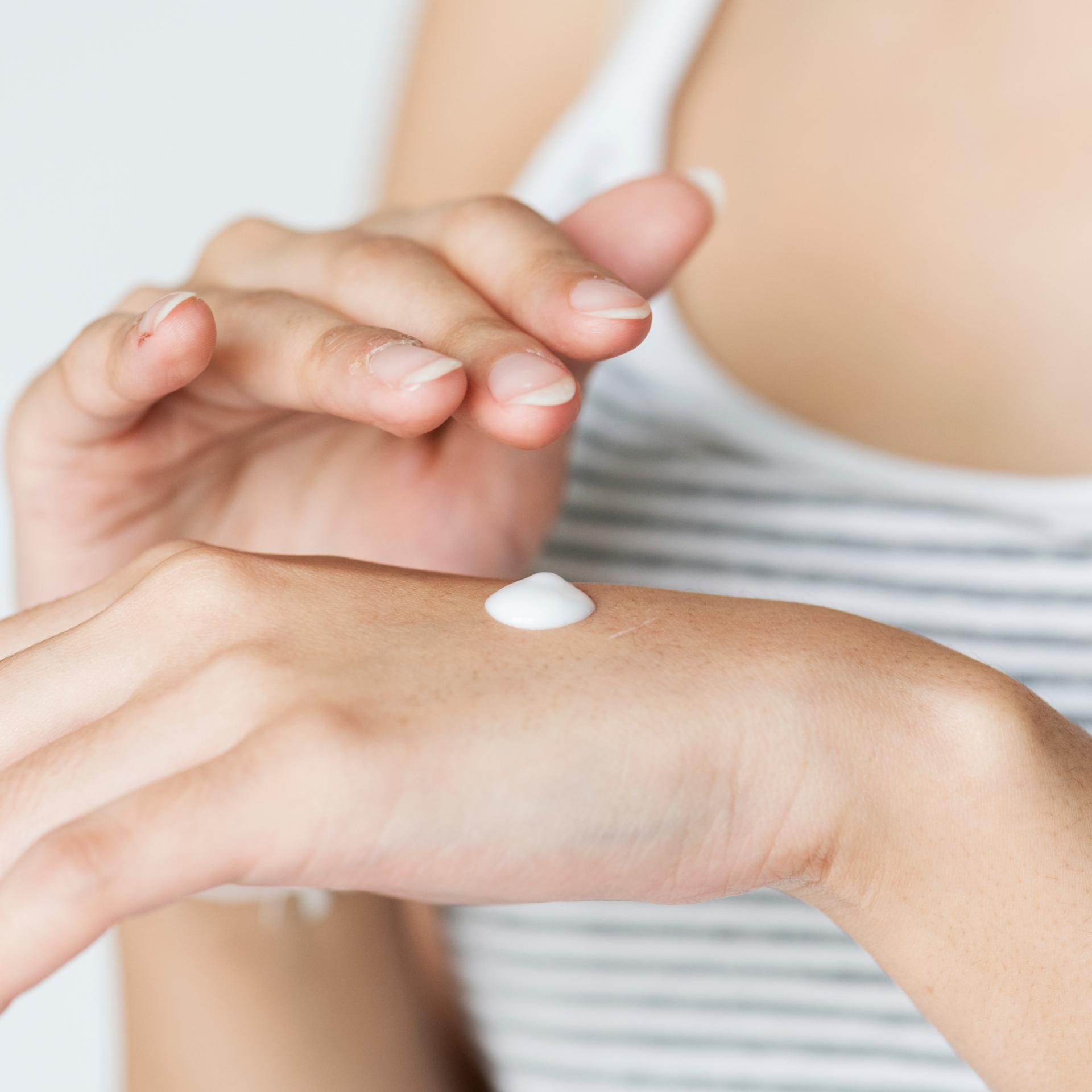
The words often get used interchangeably, but they’re not the same.
Hydration refers to water content in your skin—especially in the topmost layer, the stratum corneum. It gives that fresh, juicy, bouncy feel. Think grape vs raisin.
But water is fleeting. It evaporates. So just adding hydration isn’t enough.
Moisturisation, on the other hand, is about creating the right conditions to hold that hydration. It involves:
- Humectants to attract water
- Emollients to soften and strengthen
- Occlusives to seal and prevent water loss
Together, they help skin stay calm, supple, and resilient—not just for a few minutes, but over hours.
Why pH Matters More Than Any Fancy Ingredient
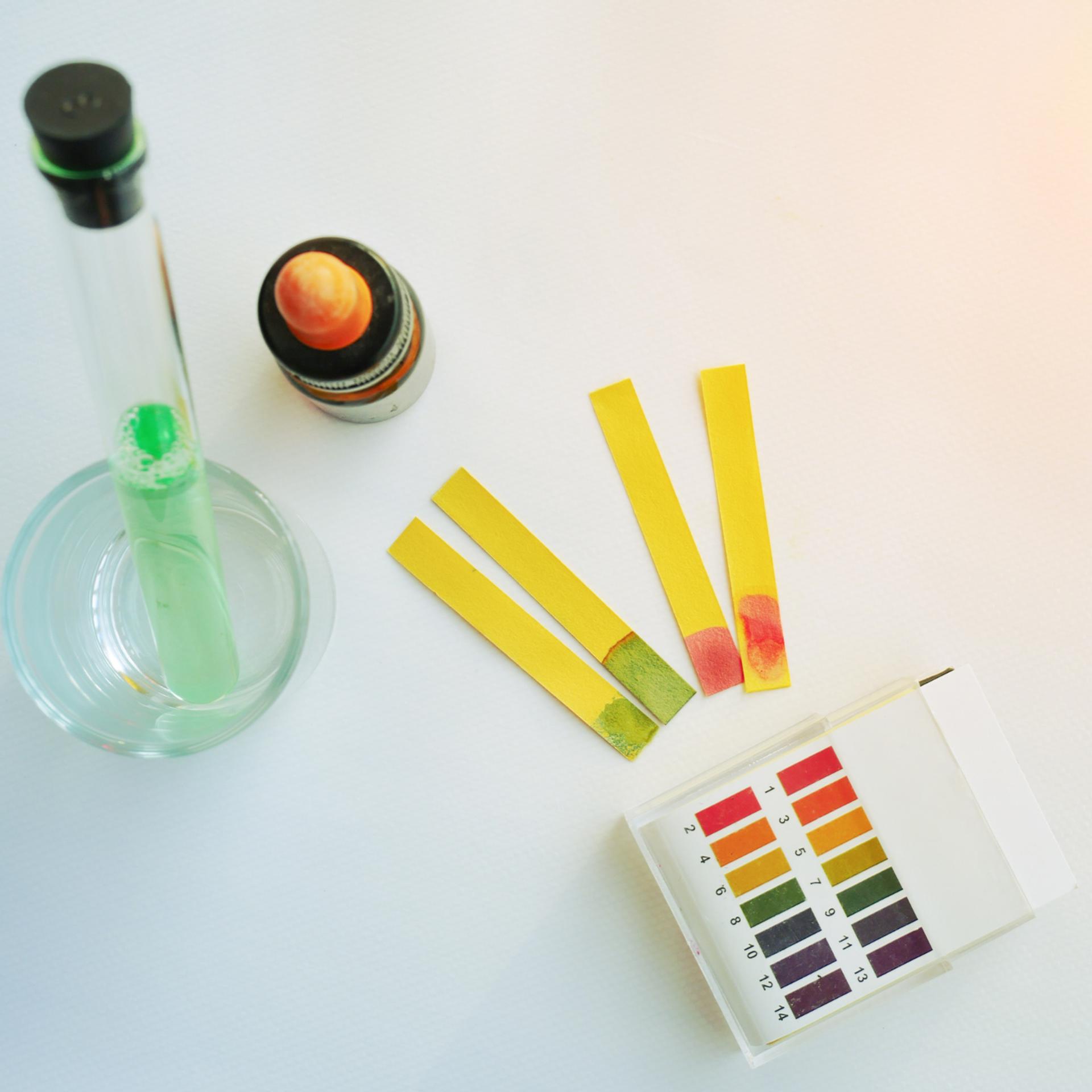
Your skin is naturally acidic, sitting between pH 4.5 and 5.5. This mild acidity supports your acid mantle—a protective barrier made of sweat, sebum, and friendly bacteria.
When this balance is disturbed by harsh soaps, synthetic moisturisers, or even alkaline water, skin becomes more prone to redness, sensitivity, breakouts, and dullness.
A pH-aware moisturiser works with your skin’s biology, helping it protect, repair, and thrive.
The Real Moisture Heroes
Humectants, Emollients & Occlusives
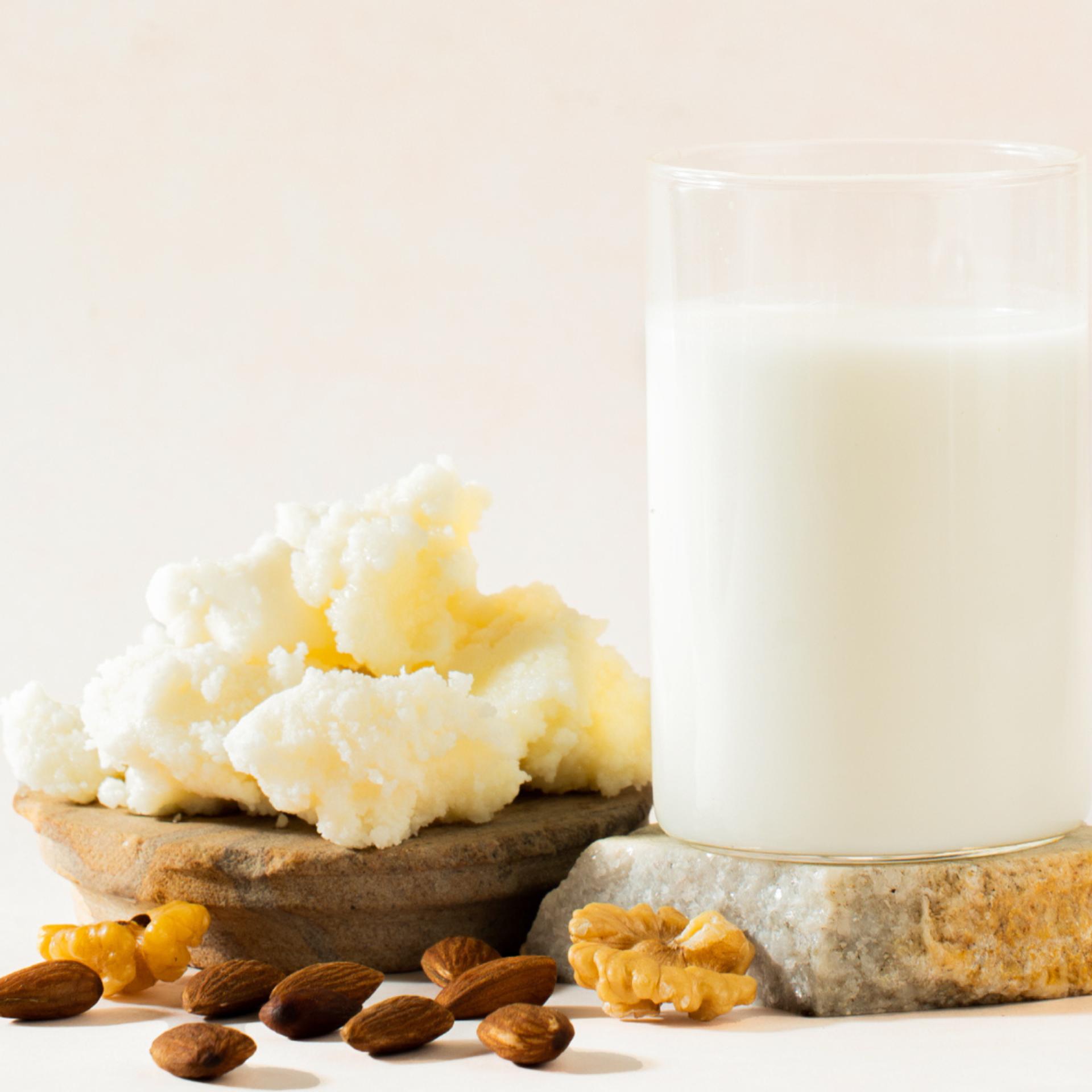
Most effective moisturizers are a trio of these power players:
Humectants are water-lovers. They draw moisture from the air or deeper skin layers into the outer surface.
Examples: Glycerin, hyaluronic acid, honey, aloe.
Emollients are the smoothers. They fill in microscopic cracks in your skin’s surface, improving texture and flexibility.
Examples: Shea butter, almond oil, sesame, mango butter, jojoba.
Occlusives are the sealers. They create a protective barrier to prevent moisture from escaping.
Examples: Ghee, kokum butter, castor oil, lanolin.
Only when these three are present in the right proportions does moisturization become long-lasting and functional—not just a superficial glow.
The Skin Barrier
Your Skin’s Real Superpower
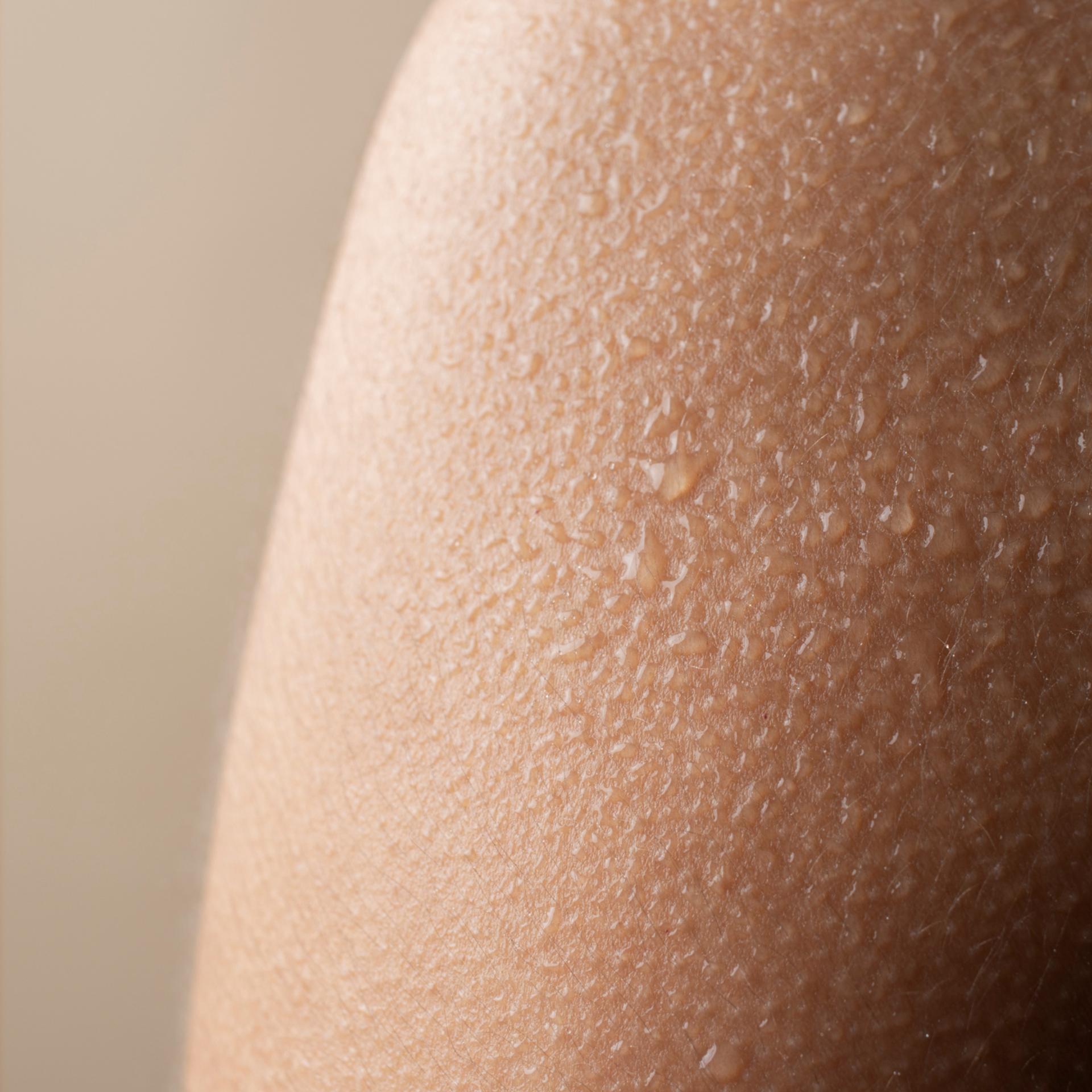
Your skin barrier is a lipid-rich wall made of ceramides, cholesterol, and fatty acids—like mortar holding skin cells (the bricks) together. It keeps good things in (like moisture) and bad things out (like allergens and pollutants).
When the barrier is compromised by over-cleansing, harsh products, or synthetic fillers—skin becomes inflamed, reactive, and unable to retain moisture.
A moisturizer that truly supports skin will focus on repairing this lipid matrix, not just softening the surface.
Transepidermal Water Loss (TEWL)
The Silent Thief

TEWL is the constant, natural loss of water from your skin into the air. But when your barrier is weak, or when you’re using water-based products without sealing them in, this loss accelerates—leaving skin dry and flaky despite regular moisturizing.
That’s why layering matters:
Humectant (water) → Emollient (support) → Occlusive (seal) = Moisture that lasts.
Your Skin’s Microbiome
Tiny Allies, Big Impact
Your skin is home to billions of microbes that:
- Strengthen the barrier
- Reduce inflammation
- Fight bad bacteria
- Aid in healing
When disturbed by over-washing, alcohols, or harsh actives, this microbiome collapses—leading to redness, dryness, and even acne.
Moisturizers rich in prebiotics, fermented ingredients, gentle herbs, and natural oils can help restore microbial harmony.
Actives in Moisturizers
Powerful, But Conditional
“Actives” like niacinamide, peptides, ceramides, retinol, etc., are ingredients that work on deeper concerns—aging, pigmentation, dullness, or texture.
But they’re not a substitute for hydration or nourishment. Most actives can be irritating if the skin isn’t already well-moisturised and calm.
Always think: repair first, treat later.
Gel, Cream, or Oil
What’s Right for You?
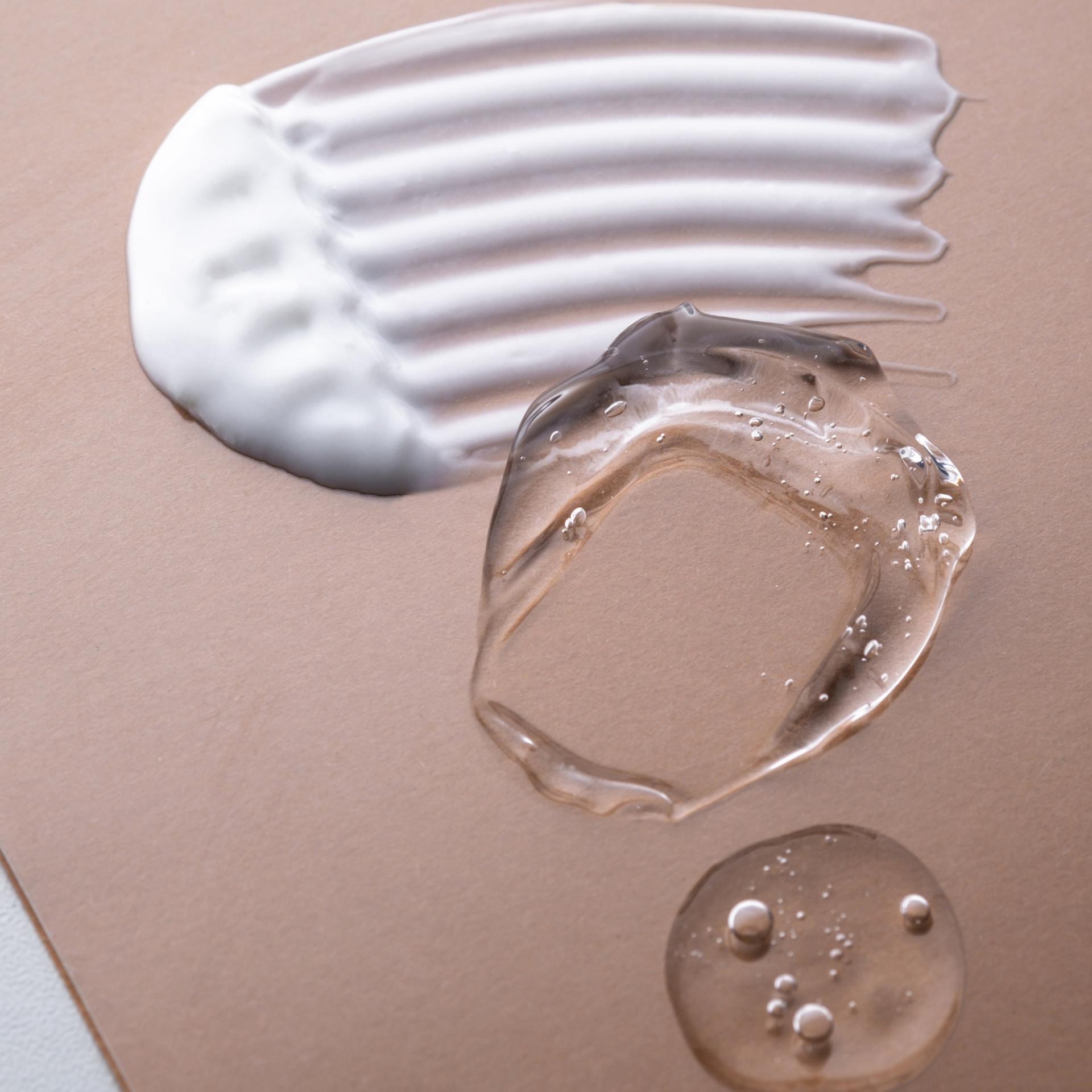
- Gel-based moisturizers: Lightweight, water-rich, mostly humectants. Ideal for oily or acne-prone skin.
- Cream-based: Balance of water and oils. Offers both hydration and emollient support. Best for normal to dry skin.
- Oil-based: Heavier, nourishing, rich in emollients and occlusives. Suited for dry, mature, or damaged skin.
Listen to your skin’s signals—not product trends.
Nourishment
The Missing Link in Moisture
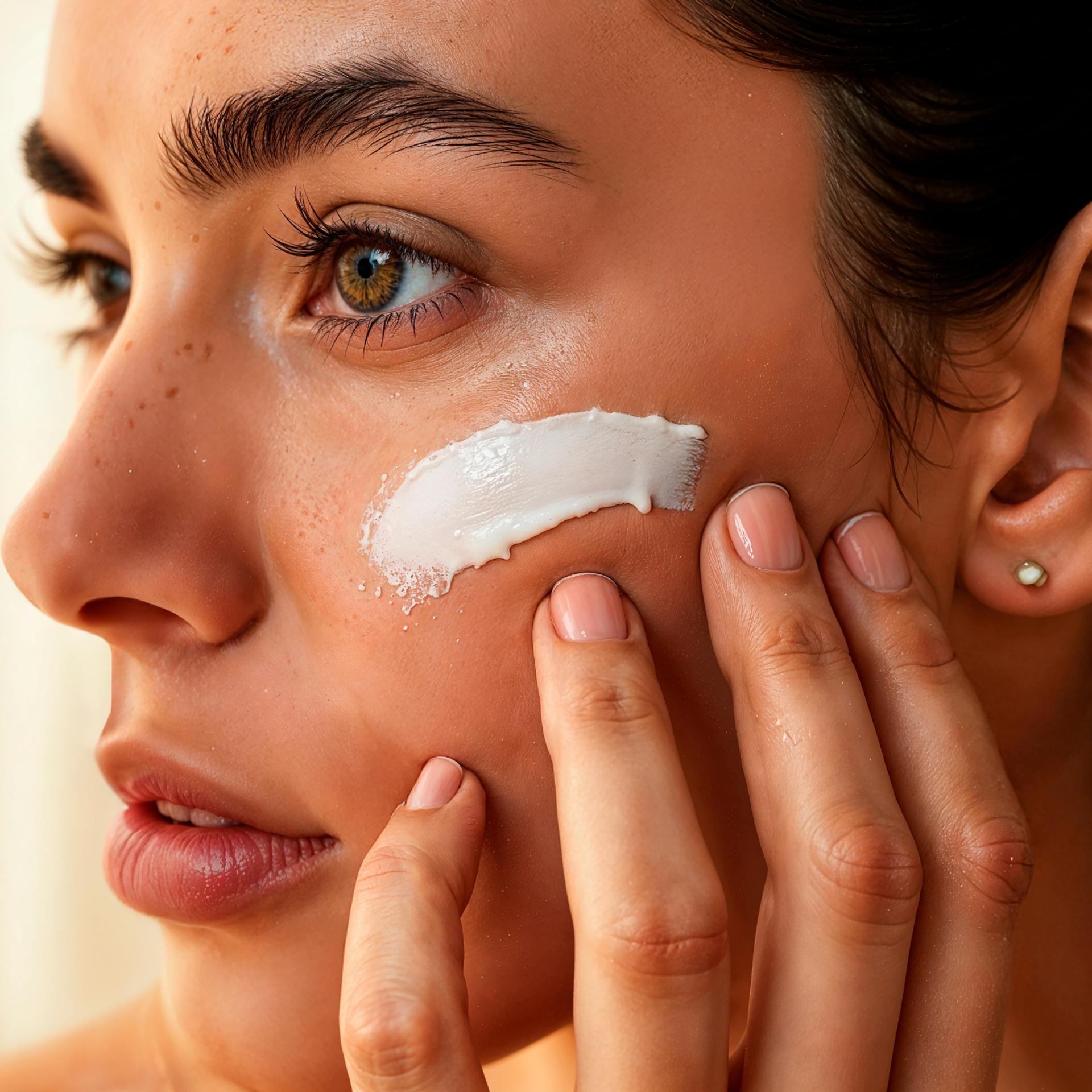
Moisture is essential, but nourishment is what makes your skin self-sufficient.
Nourishment means:
- Supplying essential fatty acids to repair and rebuild
- Providing vitamins (like A, E, B5) for resilience
- Adding amino acids and antioxidants to fight damage and restore elasticity
- Using herbs like turmeric, tulsi, manjistha to soothe and strengthen
When a moisturiser nourishes your skin, it helps reduce dependence on products over time. Skin becomes naturally balanced, calm, and luminous.
In Summary
Moisture Is a Symphony, Not a Solo

No single ingredient can moisturise your skin fully. Just humectants? Water loss. Just oils? No hydration. Just actives? Confused, inflamed skin.
To truly care for your skin, your moisturizing routine should:
- Attract water (humectants)
- Soften and support (emollients)
- Seal and shield (occlusives)
- Respect pH
- Rebuild the barrier
- Feed the skin with nutrition
Once you understand what these terms mean, stop falling for just texture or trend, and start choosing products and rituals that make your skin feel genuinely at home, every day.
Learn more
